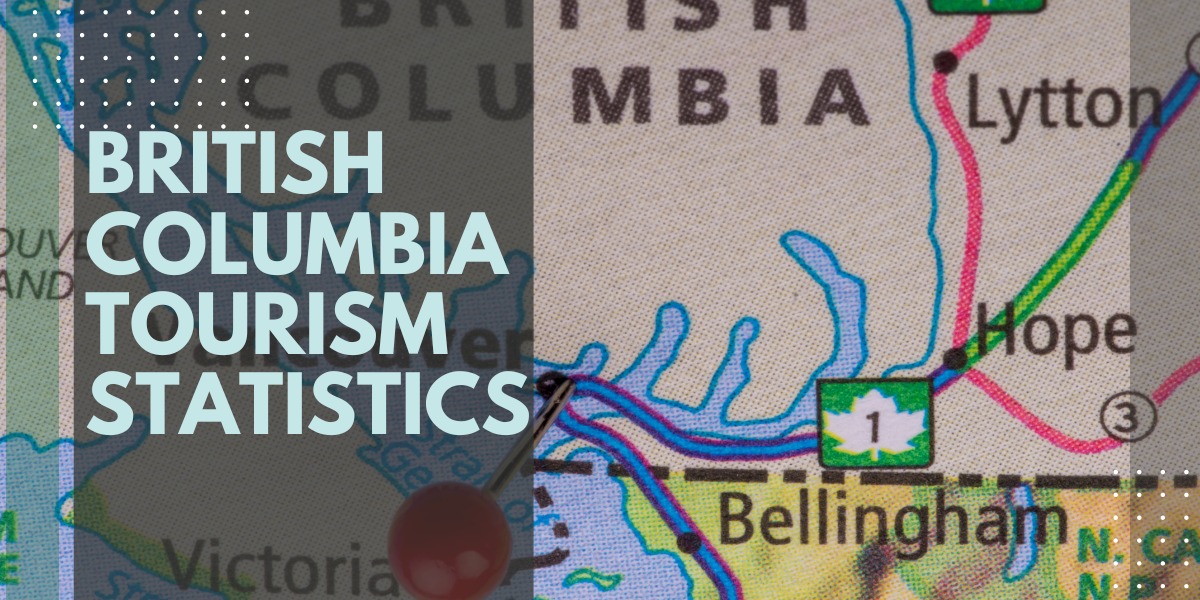British Columbia Tourism Statistics: A Comprehensive Overview:
British Columbia (BC) is a beautiful province located in the western part of Canada. The province is known for its stunning natural beauty, rich cultural heritage, and vibrant cities. It is also a popular tourist destination that attracts millions of visitors yearly. In this article, we will take a closer look at British Columbia tourism statistics to understand the state of the industry and its impact on the province’s economy.
Overview of the British Columbia Tourism Industry:
Tourism is a vital industry in British Columbia, contributing significantly to the province’s economy. The industry generates billions of dollars in revenue and supports thousands of jobs across the province. According to Destination British Columbia, the tourism industry is responsible for 19.7 billion CAD in total tourism revenue and supports over 160,000 jobs in the province.
The tourism industry in British Columbia is diverse and includes a wide range of activities such as outdoor recreation, cultural experiences, and culinary tourism. The province is also known for its world-class attractions, such as Whistler Ski Resort, Stanley Park, and the Capilano Suspension Bridge.

British Columbia Tourism Statistics:
To get a better understanding of the state of the tourism industry in British Columbia, let’s take a closer look at some of the key tourism statistics.
Visitor Arrivals:
In 2019, British Columbia welcomed a record-breaking 7.3 million overnight international visitors, up 3.3% from the previous year. The United States, China, and Japan were the top three international markets, accounting for 61% of the overnight international visitor arrivals. The province also welcomed over 24 million domestic overnight visitors in the same year.
However, due to the COVID-19 pandemic, the tourism industry in British Columbia, like many other parts of the world, experienced a significant decline in visitor arrivals. In 2020, overnight international visitor arrivals decreased by 89.4%, while domestic overnight visitor arrivals declined by 38.3%.
Tourism Revenue:
In 2019, British Columbia’s tourism industry generated 9.3 billion CAD in export revenue, representing a 3.2% increase from the previous year. The tourism industry’s total contribution to the provincial GDP was 8.3%, up from 7.9% in 2018.
However, the COVID-19 pandemic significantly impacted the tourism industry’s revenue in British Columbia. According to Destination BC, the industry lost an estimated 18.2 billion CAD in revenue due to the pandemic.
Accommodation Statistics:
British Columbia’s tourism industry includes a wide range of accommodation options, including hotels, motels, lodges, and camping grounds. In 2019, the province’s hotel occupancy rate was 62.3%, up from 61.6% in the previous year. The average daily room rate was 171.48 CAD, up 2.6% from the previous year.
However, the hotel occupancy rate declined significantly in 2020 due to the COVID-19 pandemic, with many hotels and other accommodation providers forced to close temporarily.
Employment in the Tourism Industry:
As mentioned earlier, the tourism industry is a significant employer in British Columbia. In 2019, the industry supported over 160,000 jobs in the province, accounting for 6.5% of the total employment in the province.
However, due to the COVID-19 pandemic and the subsequent decline in visitor arrivals, the tourism industry in British Columbia experienced significant job losses. According to the BC Tourism Industry Association, over 120,000 tourism jobs were lost in the province in 2020.






